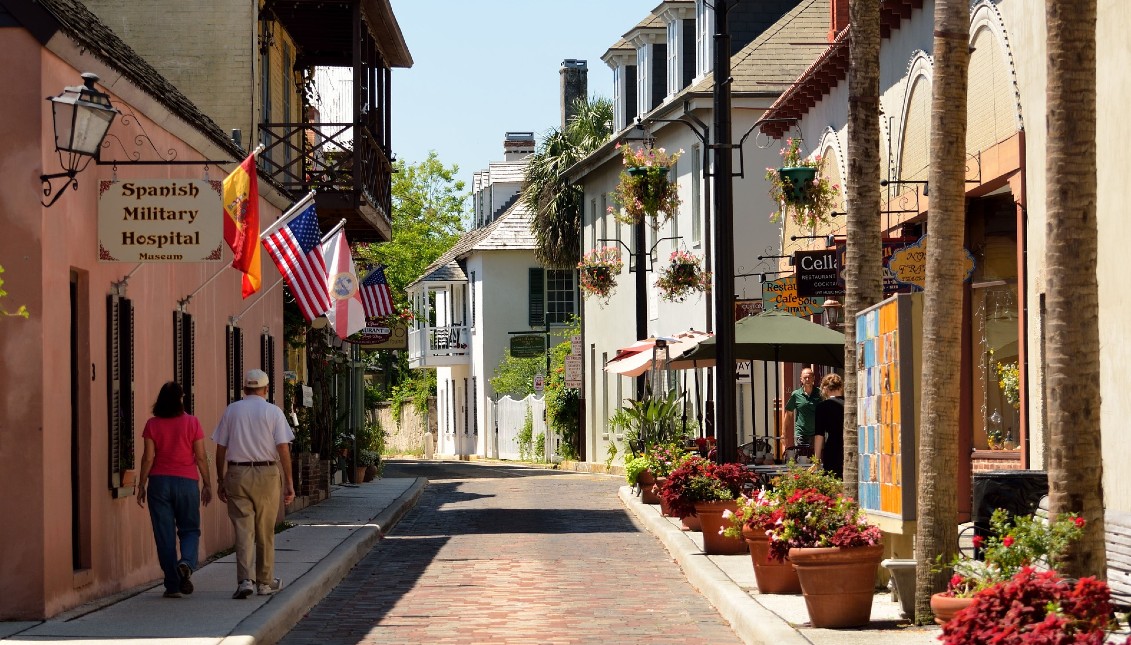
Five historical facts about Hispanic Heritage Month
Hispanic Heritage Month is celebrated from Sept. 15 to Oct. 15. Here is some history behind the celebration.
There are several reasons why Hispanic Heritage Month is celebrated in September. A mix of historical events coincide this month, which make it significant for the commemoration. At AL DÍA, we review some of the origins and reasons for the celebration.
There are many reasons why the celebration starts on Sept. 15. On that date, the independence of almost all Central American countries is celebrated: Guatemala, El Salvador, Costa Rica and Nicaragua, and the string of independence celebrations on the continent continues with Mexico on Sept. 16, Chile on Sept. 18 and Belize on Sept. 21.
September is also emblematic for Hispanic history, since on Sept. 8, 1565, Pedro Menéndez de Avilés officially claimed Florida on behalf of Spain at the port of St. Augustine, which is considered the first European (Spanish) settlement in the United States.
Hispanic heritage was celebrated for the first time in 1968, after President Lyndon Johnson signed a bill introduced by California Representative George Edward Brown to celebrate and highlight the contributions of Hispanics to the American culture and nation during the week of Sept. 15.
It was not until 1988 that Hispanic Heritage Month began to be celebrated, after Congressman Esteban Torres of California introduced a proposal to expand the celebration from a week to a month.
RELATED CONTENT
Although the initiative did not move forward at first, Senator Paul Simon of Illinois introduced a similar bill that was signed by then-President Ronald Reagan.
When Torres introduced the initiative, he said: "We want the public to know that we share a legacy with the rest of the country, a legacy that includes artists, writers, Olympic champions and leaders in business, government, film and science."
The date range also includes Oct. 12, when Christopher Columbus' arrival in America is commemorated.
According to data from the last census, the Latino population (along with the Asian population) is the fastest growing in the country. Sixty-two million Americans identify as Latino and by 2050, it is estimated that 133 million in the country will be Spanish-speaking.











LEAVE A COMMENT: